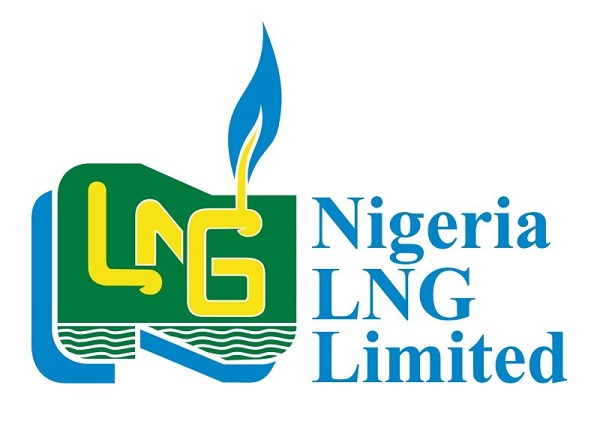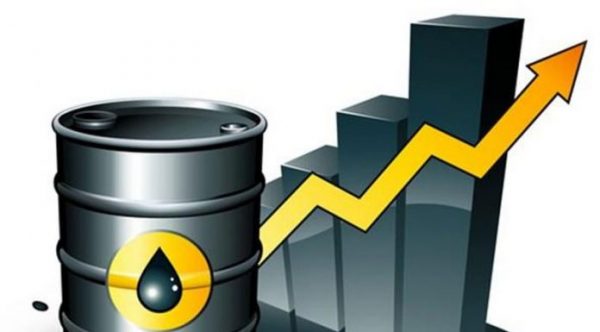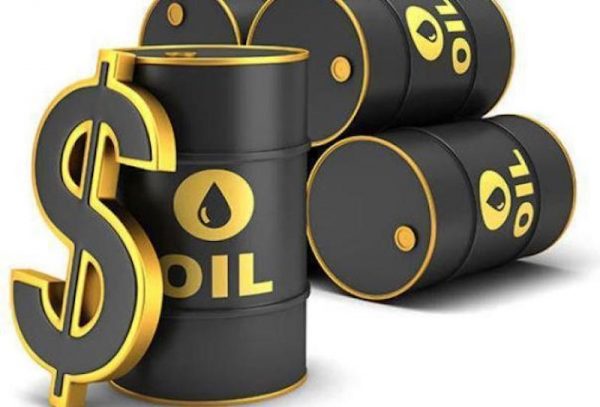IEA: Oversupply Remains A Major Dampener On Oil Prices
The International Energy Agency (IEA) has reported that oversupply of crude oil in the international market has refused to ease, thus acting as a dampener on the prices, despite the robust growth in demand.
This is coming as the prices fell wednesday by over four per cent on after the United States government stunned the market with a raft of bearish inventory data that added to concerns over a global glut of oil.
is coming as the prices fell wednesday by over four per cent on after the United States government stunned the market with a raft of bearish inventory data that added to concerns over a global glut of oil.
IEA, which coordinates the energy policies of industrial nations, said the global oil demand was robust, but not enough to ease glut, stressing that the Middle East market share has risen to highest since 1970s
The Paris-based group said it had revised up its forecasts of 2016 and 2017 global oil demand growth by 100,000 barrels per day from last month to 1.4 million and 1.3 million bpd respectively.
According to IEA, demand is growing, thanks to good consumption in India, China and Europe.
“This (European demand growth) is unlikely to last, though, with the ongoing precariousness of the European economies now dealing with added uncertainty following the result of the UK referendum on membership of the European Union,” IEA said.
Oil prices fell by over four per cent yesterday after the United States stunned the market with inventory data that raised the concerns over a global glut of oil.
The US inventory report pressured prices in a market already bearish after IEA warned about a global oil supply glut.
Brent crude was down $2.25, or 4.6 per cent, at $46.22 a barrel, while the West Texas Intermediate (WTI) fell $2.10, or 4.5 per cent, to $44.70.
US gasoline tumbled four per cent too, while heating oil, a proxy for ultra low sulfur diesel, slumped nearly six per cent at the session low.
On Tuesday, both Brent and WTI had gained nearly five per cent, a day after hitting two-month lows.
IEA, which advises industrialised nations on energy policies, said crude stockpiles kept rising last month, pushing floating storage to the highest level in seven years.
Oil prices had slumped to their lowest in over a decade at $27 a barrel in January this year from as high as $115 in 2014 after OPEC raised production to fight for market share against higher-cost producers such as the US.
The slump forced many producers outside the Organisation of the Petroleum Exporting Countries (OPEC) to curb output and prices recovered to around $50 in recent months, also supported by production outages in countries such as Nigeria and Canada.
But IEA said it was not enough to reduce the glut that had accumulated over the past two years.
According to it, commercial inventories in industrialised nations rose by 13.5 million barrels in May to a record high of 3.074 billion.
Inventories kept building in June, pushing oil in floating storage – one of the most expensive methods of stockpiling – to its highest levels since 2009, the IEA said.
“Although market balance is upon us, the existence of very high oil stocks is a threat to the recent stability of oil prices,” IEA added.
“Although stocks are close to topping out, they are at such elevated levels, especially for products for which demand growth is slackening, that they remain a major dampener on oil prices,” said the Paris-based group.







